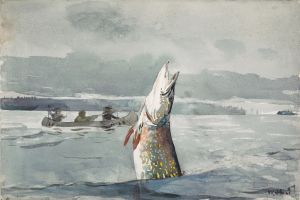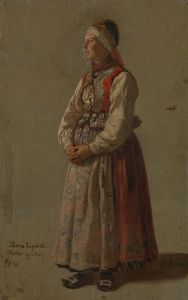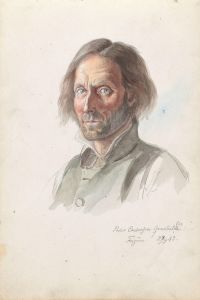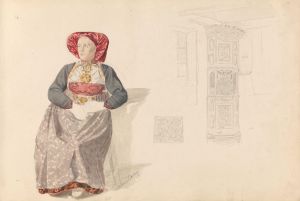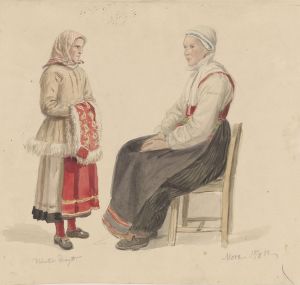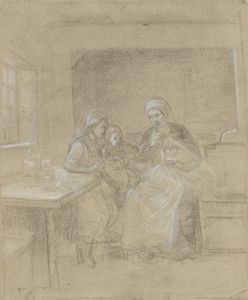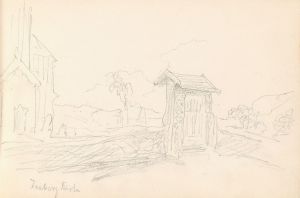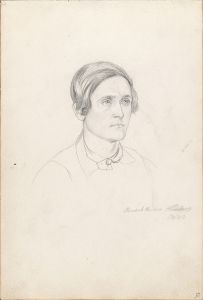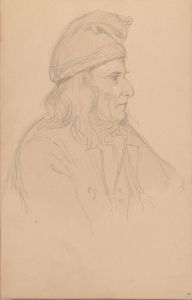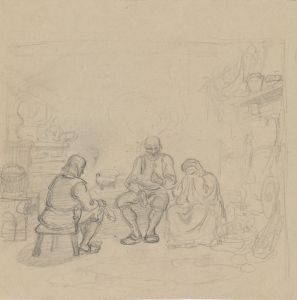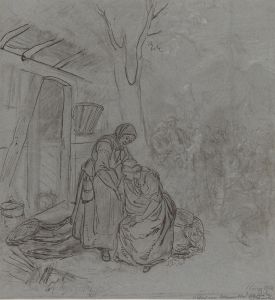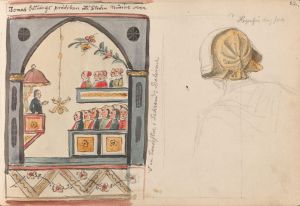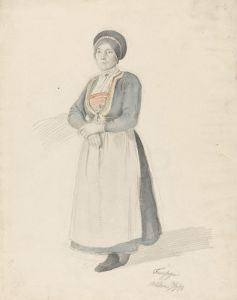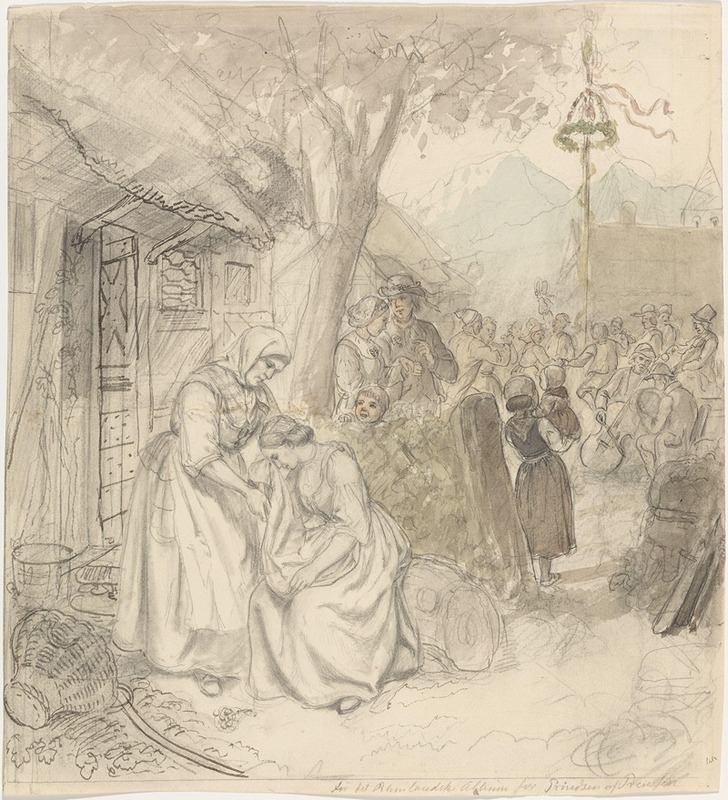
Pike som trøstes av kone på sommerfest
A hand-painted replica of Adolph Tidemand’s masterpiece Pike som trøstes av kone på sommerfest, meticulously crafted by professional artists to capture the true essence of the original. Each piece is created with museum-quality canvas and rare mineral pigments, carefully painted by experienced artists with delicate brushstrokes and rich, layered colors to perfectly recreate the texture of the original artwork. Unlike machine-printed reproductions, this hand-painted version brings the painting to life, infused with the artist’s emotions and skill in every stroke. Whether for personal collection or home decoration, it instantly elevates the artistic atmosphere of any space.
Adolph Tidemand was a prominent Norwegian painter in the 19th century, known for his detailed and evocative depictions of Norwegian folk life and traditions. One of his works, "Pike som trøstes av kone på sommerfest," which translates to "Girl Comforted by Woman at a Summer Party," is a testament to his skill in capturing the nuances of human emotion and social interaction within the context of Norwegian culture.
Adolph Tidemand was born on August 14, 1814, in Mandal, Norway. He studied at the Academy of Art in Copenhagen from 1832 to 1837 and later continued his studies in Düsseldorf, Germany, which was a hub for artists at the time. Tidemand became associated with the Düsseldorf school of painting, which emphasized detailed and realistic portrayals of everyday life. His works often focused on Norwegian themes, reflecting the national romanticism movement that sought to celebrate and preserve Norwegian culture and identity during a time of increasing nationalism in Europe.
"Pike som trøstes av kone på sommerfest" is one of Tidemand's many paintings that illustrate scenes from rural Norwegian life. Although specific details about this painting are limited, it can be inferred from the title and Tidemand's typical style that the painting likely depicts a scene at a summer festival, a common social gathering in rural Norway. Such festivals were opportunities for communities to come together, celebrate, and partake in traditional customs and activities.
The painting's title suggests a narrative moment where a girl is being comforted by an older woman, possibly indicating a moment of personal distress or emotional vulnerability amid the festivities. Tidemand's ability to portray such intimate moments within larger social contexts is a hallmark of his work. His paintings often feature detailed costumes and settings that provide insight into the customs and daily life of 19th-century Norwegians.
Tidemand's work is characterized by its attention to detail and the ability to convey emotion through facial expressions and body language. His paintings are not just visual records but also narratives that invite viewers to engage with the stories and emotions of the subjects depicted. This approach aligns with the broader goals of the national romanticism movement, which sought to evoke a sense of pride and nostalgia for Norway's cultural heritage.
Throughout his career, Tidemand collaborated with other artists, most notably Hans Gude, with whom he created several famous works, including "Bridal Procession on the Hardangerfjord." While "Pike som trøstes av kone på sommerfest" may not be as widely recognized as some of his other works, it nonetheless contributes to the rich tapestry of Norwegian cultural history that Tidemand sought to document and celebrate through his art.
Adolph Tidemand's legacy as a painter is significant in the context of Norwegian art history. His works continue to be celebrated for their technical skill, emotional depth, and cultural significance. Tidemand passed away on August 25, 1876, but his contributions to the art world and his role in preserving Norwegian cultural identity through his paintings remain influential to this day.





